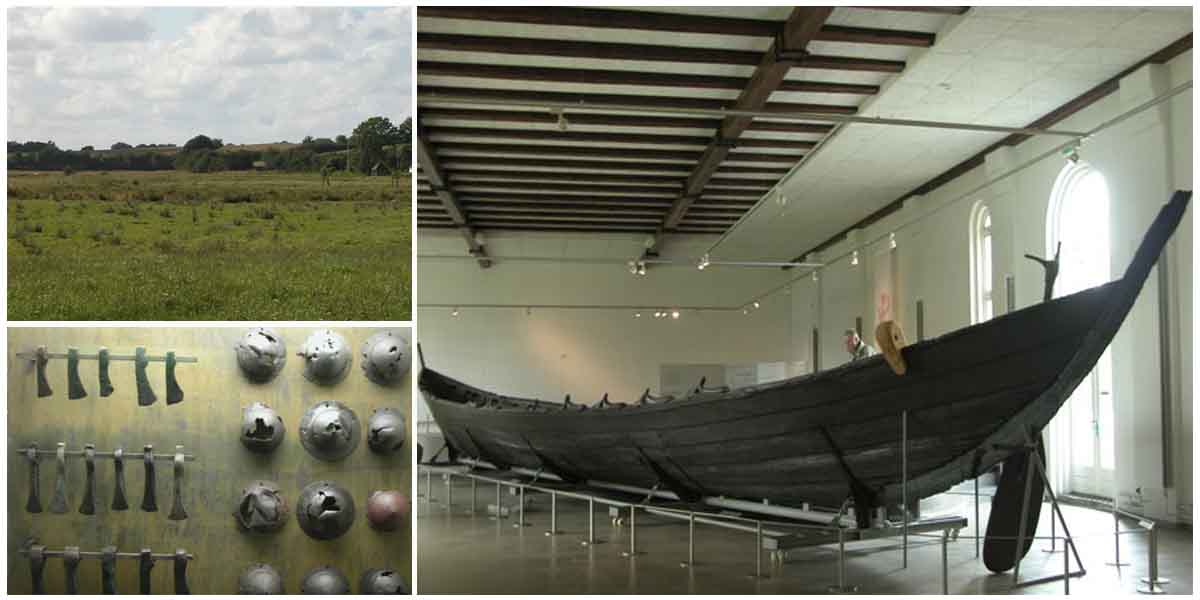Nydam Mose, also known as Nydam Bog, is located in a town in the Sundeved area of Denmark called Øster Sottrup. In the Iron Age, the site was a sacred place, where various offerings were made to the gods. Many armies passed through this bog and submitted their weapons and ships as gratitude for their victories. The most famous find at the site is probably the Nydam boat, which is on display in Gottorp Castle’s museum in Schleswig, Germany.
At the end of the 20th century, excavation campaigns by the Danish National Museum unearthed many artifacts that date from the Late Roman Iron Age. The first objects were found in the 1830s, by a local farmer who gave the swords and shields as toys to his children.
Almost 20 years later, the archaeologist Conrad Engelhardt excavated the bog. He found tools and weapons, including bows, spears, round shields, and lances, as well as two boats. The first boat was made of pine, and the second was made of oak.
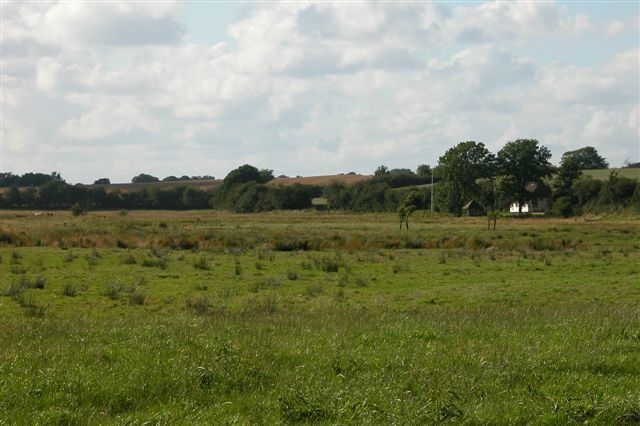
There was also a third boat under those two, but it had been demolished during sacred offerings. Many vessels and items were destroyed on purpose in these sacrificial acts. Some of the weapons were bent, some were broken, and the larger objects and boats were hacked into pieces. In 1864, Engelhardt’s work stopped because of the Second Schleswig War.
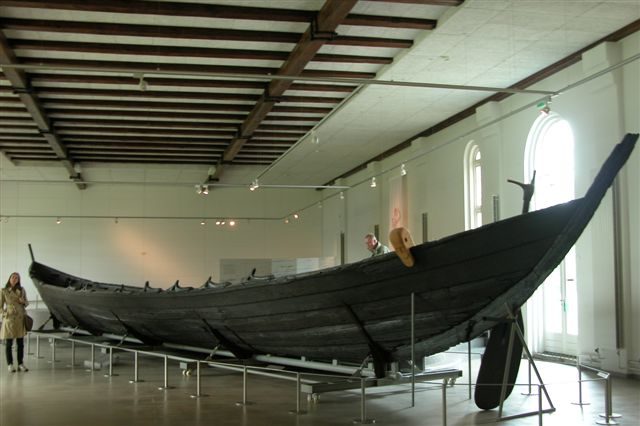
During this war, some of the objects were lost and never found again. The smaller boat made of pine was torn apart and used as firewood by the soldiers. The 20th-century excavation by the Danish National Museum happened in 1989. The archaeologists found more weapons, such as spears, bows, and swords, as well as some personal belongings like ornate clasps and brooches. The team claimed that the finds are from the Iron Age, somewhere between 250 and 550 AD.
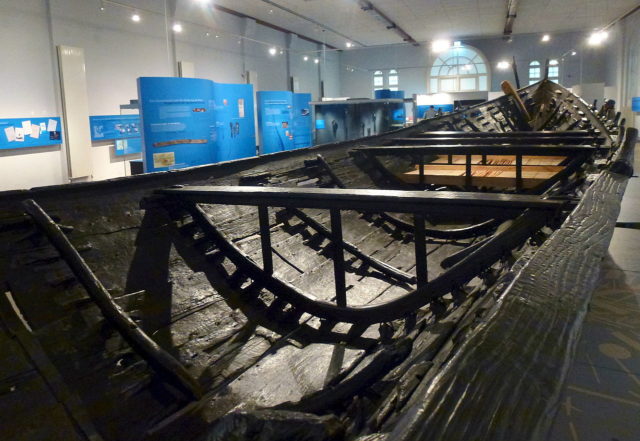
As mentioned before, the Nydam boat is the most important find on the site because it is essential for our understanding of the Nordic shipbuilding tradition. It is 75 feet long and 13 feet wide, built for 15 to 16 pairs of oars. This boat is the oldest rowing vessel in Northern Europe, and it is clinker-built. This method, also known as lapstrake, is a technique in which the edges of the vessel are overlapped, called “landing” or “land.”
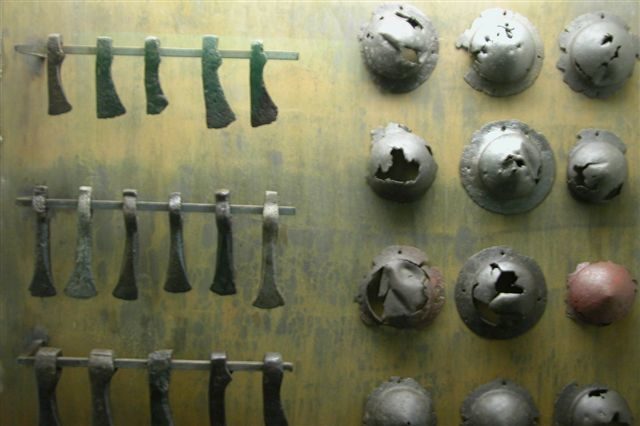
The method was developed in northern Europe and was used by the Norsemen.
In studies from 1989 and 1997, more than 14,000 items were connected with at least five different sacrifices. This discovery plays a significant role in the relationship between the German and the Danish cultures in the border region. Because of that, in 1983, the Nydam Society was formed.
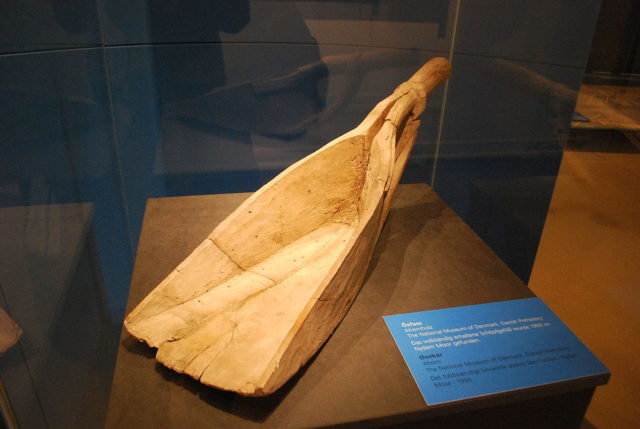
Many builders are involved in the making, which is divided into two phases. The first is studying the construction in detail, and the second phase is building.
Today, the bog is a green field. In the Iron Age, the place was a lake or a marsh. It is said that the lake lay there throughout the Roman empire and later it became a swamp. During these changes, sacrifices were always made. Today, only a meadow is left on the site.
